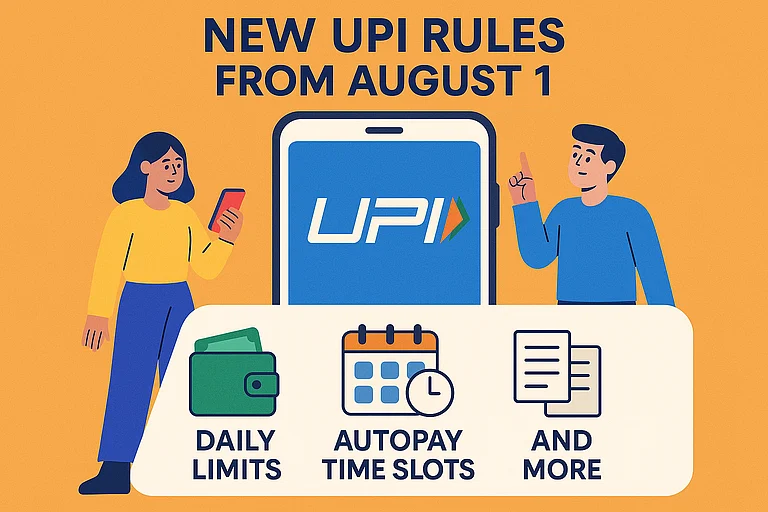
Summary of this article
The Revenue Department, which issues income certificates, believes making Aadhaar mandatory for issuance of these certificates will help in “simplifying service delivery, ensuring transparency, and reducing paperwork” while also allowing direct delivery of benefits to those entitled.
If you live in Delhi and plan to apply for an income certificate, whether to access student fee reimbursements, health assistance, or pensions, your Aadhaar number will now be a key requirement.
Earlier this week, Lieutenant Governor VK Saxena cleared a proposal presented by the Delhi government to make Aadhaar identity card a mandatory document for the issuance of income certificates. This change, being backed by chief minister Rekha Gupta, is rooted in Section 7 of the Aadhaar Act 2016. It intends to plug loopholes and ensure that only genuine applicants receive welfare benefits.
What is an ‘Income Certificate’ and why is it needed?
This certificate is integral for people to get the benefit of many state-run schemes in the national capital, including tuition fee reimbursements for SC/ST/OBC students, pensions disbursals for the elderly and widows, and financial support through the Delhi Arogya Kosh.
Now that Aadhaar authentication will soon be mandatory for this process, the government is hoping to curb misuse and streamline how aid is distributed to the needy.
What Changes Now?
Residents of the national capital will now be required to furnish their Aadhaar number while applying for an income certificate. If an applicant does not have Aadhaar yet, they will not be automatically disqualified, but they must begin the enrolment process.
For adults who do not have Aadhaar, Aadhaar enrolment slip will do along with a valid ID proof (like PAN card, passport, driving licence, or bank passbook), will be required.
For minors, the application must include an Aadhaar enrolment slip or a biometric update slip, in addition to a birth certificate or a school ID card signed by the principal.
The Revenue Department, which issues income certificates, believes this move will help in “simplifying service delivery, ensuring transparency, and reducing paperwork” while also allowing direct delivery of benefits to those entitled.
For those wondering if this is legal or if government has the authority to make Aadhaar mandatory proof for such requirement, the Section 7 of Aadhaar Act gives state the power to mandate Aadhaar authentication for any subsidy, benefit, or service where the spending comes from the Consolidated Fund of India or the State.
Delhi’s move is in line with a 2019 UIDAI circular that allowed state governments to enforce Aadhaar linkage in such cases.
The official notification also notes that while Aadhaar has been made mandatory for identity verification, access to schemes will not be denied outright if a person doesn’t have Aadhaar yet.
As long as the enrolment process has been initiated, the Applicant remains eligible.
Awareness Campaigns Planned
To ensure that people are not caught unaware, the Delhi government has asked the Revenue Department to run outreach programmes and awareness campaigns. According to some media reports, a senior official from Raj Niwas stressed the importance of ensuring that “genuine beneficiaries are not left out simply because they didn’t know the updated requirement.”
What You Should Do Now
If you are planning to apply for an income certificate, check whether your Aadhaar is linked and valid. If you don’t have one, visit an enrollment centre and collect your slip. Make sure you also have one supporting ID document ready.
It is important to note that in other states, however, the Aadhaar number is not compulsory for the issuance of an income certificate yet.
In case the Applicant does not have an Aadhaar card, they can provide any one of these identity proofs:
PAN
Passport
Driving Licence
Voters Card
For this, the name on the Aadhaar card must match the name on the document.
While the new rule in Delhi might mean an extra step for some, the government argues that it will make the process more transparent in the long run, reducing fake applications and speeding up benefit transfers for those who truly need them.













